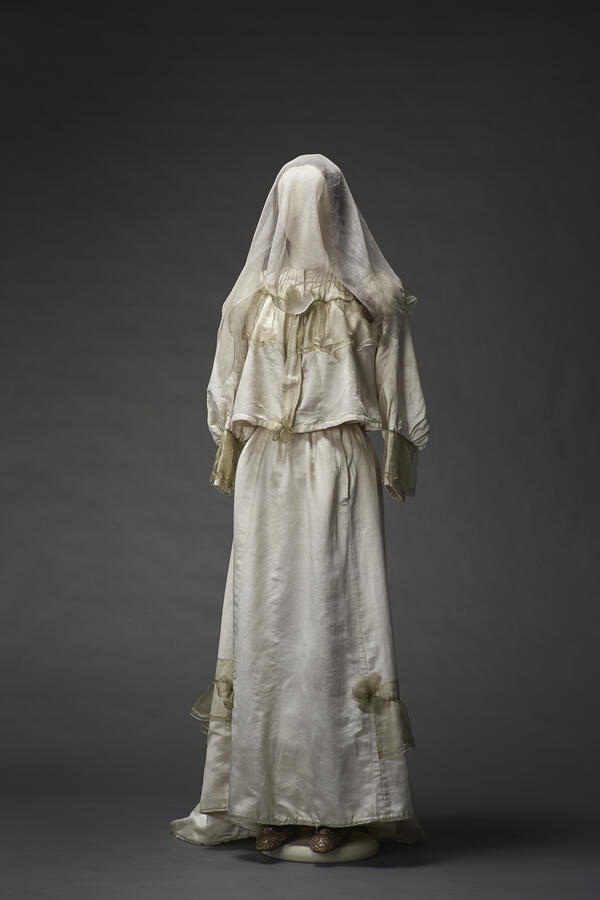Marriage in the Jewish tradition was the only possible status for an adult. Only together with a partner could a person become complete and fulfill God’s purpose. Young people were to marry for the true value of life, protection, and peace. Single Jews who were over marriageable age were disrespected and suspected of sinfulness. Only in legal marriage was the main purpose of a woman and a man — the procreation.
The Jews reached the age of consent at 10-13. Matchmaking began when girls were between 6 and 8 years old, at which point they began to prepare a dowry. For every holiday, the bride-to-be was sent gifts from the groom’s home. Among them were some lengths of fabric from which clothes were sewed. A set of wedding clothes was presented to the bride by the groom’s parents. Rich brides could have several such sets.
It was the parents who chose a bride and groom for their children, and if they did not find a suitable partner in time, they turned to matchmakers. The bride and groom might have known each other, or they could meet for the first time at the wedding ceremony.
For a successful marriage deal, the bloodline, the size of the dowry and the financial situation of both families were important, since for several years after the wedding the young family was provided for by the parents of the bride or groom. All the details, conditions and terms of the wedding were written down in the engagement contract, which was called “tenaim”. The form was decorated with the image of a handshake and the words,
The Jews reached the age of consent at 10-13. Matchmaking began when girls were between 6 and 8 years old, at which point they began to prepare a dowry. For every holiday, the bride-to-be was sent gifts from the groom’s home. Among them were some lengths of fabric from which clothes were sewed. A set of wedding clothes was presented to the bride by the groom’s parents. Rich brides could have several such sets.
It was the parents who chose a bride and groom for their children, and if they did not find a suitable partner in time, they turned to matchmakers. The bride and groom might have known each other, or they could meet for the first time at the wedding ceremony.
For a successful marriage deal, the bloodline, the size of the dowry and the financial situation of both families were important, since for several years after the wedding the young family was provided for by the parents of the bride or groom. All the details, conditions and terms of the wedding were written down in the engagement contract, which was called “tenaim”. The form was decorated with the image of a handshake and the words,



